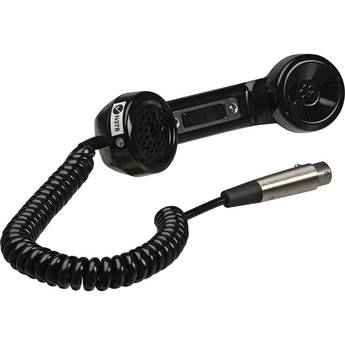Thanks for all the ideas.
Our FX is a 3rd person separate from the board. Sound OPs don't get headsets, mainly because we don't have enough, and it never has been a problem. Our booth is so open we have to be quiet in the booth (whisper).
As for the script problem we have the same problem from the booth, as we are 3ft from the audience, and usually we get packets but we could
As far as appearance, the only thing would be our board and maybe a headset which isn't that bad looks wise. Mic receivers would be in the booth with a separate snake or on the table stacked nicely.
Anything I am missing??
Our FX is a 3rd person separate from the board. Sound OPs don't get headsets, mainly because we don't have enough, and it never has been a problem. Our booth is so open we have to be quiet in the booth (whisper).
As for the script problem we have the same problem from the booth, as we are 3ft from the audience, and usually we get packets but we could
As far as appearance, the only thing would be our board and maybe a headset which isn't that bad looks wise. Mic receivers would be in the booth with a separate snake or on the table stacked nicely.
Anything I am missing??



